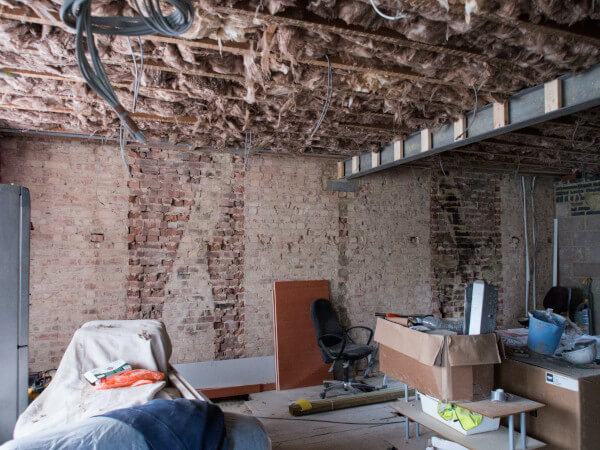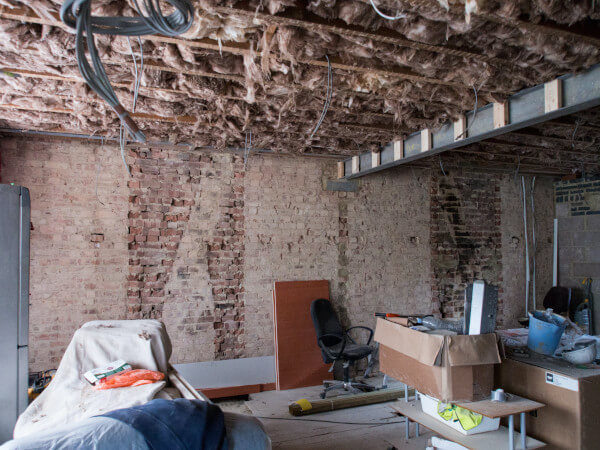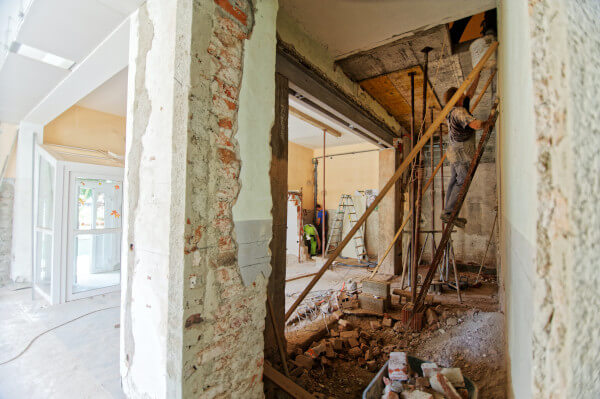
How Do Tenancy Deposit Claims work?

Imagine this situation: you have just moved into your new rented home after giving your landlord your tenancy deposit. You’re confident that your money is safe with them because they promised to register it with a government-authorised protection scheme.
Fast forward to more than a month later and you have asked your landlord for an update on your deposit, but you have not received any reply. Take heart though; according to UK laws, landlords are required to protect tenant deposits within 30 days of them receiving the money. Once they have done so, they are to send tenants details about the protection scheme where they registered the deposit. This is called prescribed information, and if this is not provided to you 30 days after you paid the deposit, you may be eligible to file for a dispute or tenancy deposit claim.
Tenancy deposit protection schemes are intended to keep your money safe throughout the course of your tenancy. If you break any of the tenancy terms or damage part of the property, your landlord can use the money to offset repair costs. But if you have diligently followed all tenancy terms and paid your rent on time, your landlord is obligated to return the deposit to you after your tenancy ends.
Tenancy disputes
Millions of tenants in the UK claim that their profit is not protected. The estimated worth of unprotected deposits is around £515 million, or nearly 50% of tenants. Many renters often think that if their landlord is well-known or has been in business for years, or their letting agency is popular and big, they are automatically guaranteed deposit protection. Most of the time, the reality is the opposite: their deposits were not or have not been protected.
So, even if it is specified in the agreement that your deposit will be protected, don’t rely too much on it. There are rogue landlords who often resort to illegal behaviour, such as denying their tenants deposit protection.
When you can make tenancy deposit claims
There are three instances when you are eligible to file for tenancy deposit claims
When your landlord does not register your deposit in any of the government-authorised protection schemes: mydeposits, Deposit Protection Service, and Tenancy Deposit Scheme. When your landlord protects your deposit and then removes it without re-registering it even while you are still renting and living in the property. When your landlord puts your deposit into the tenancy deposit protection scheme late – after more than the 30 days that was given to them.
If your landlord is found to have breached the tenancy deposit laws, they will be ordered to return the original deposit to you and will be asked to pay between one to three times the deposit value for every breach.
How a tenancy claim works
Before filing a tenancy claim, you first need to verify if your deposit has been protected or not. Here’s what you need to do:
To check if you have a basis for making a claim, you can ask your landlord or letting agent for confirmation. If they did not provide you with the prescribed information, you should ask them for it because they are required to do so by law. If your landlord or letting agent does not respond or provide you with accurate information, check the websites of the deposit scheme providers. You will have to enter the following details:Your surnameStart date of your tenancyYour postcode
These details are typically contained in your tenancy agreement.
If you are in a joint tenancy, you may have to enter the details of your joint tenants if the information is not available under your name.
If you just renewed your tenancy, you should enter a different start date.
If you cannot find the details you need, talk to a representative of the deposit protection scheme provider. Their contact number is usually displayed on their website.
Once you have verified that your landlord has not protected your deposit, you need to get in touch with a team of solicitors experienced in tenancy deposits. After verifying your proof of a right to claim, the team might have to go over your tenancy agreement to determine if your landlord provided you with the right clauses and documentation.
This step will provide further confirmation if you have a valid claim.
Your deposit protection compensation claim team might also verify with you if you are still willing to push through with legal action.
Provide your solicitors with all the information needed for your claim to move forward. This includes evidence such as photos, videos, and documentation of landlord-tenant communication (via email, text, written letters, or personal meetings).
The team will then prepare a letter of claim for you, which is sent to your landlord. Your landlord is given 14 days to respond to your letter. If they do not, your team of solicitors will prepare to take them to court.
No win, no fee
Choose the team of solicitors from Tenancy Deposit Claims if you want a no-win-no-fee guarantee from solicitors who are authorised and registered with The Solicitors Regulation Authority. Tenancy Deposit Claims’ solicitors are well-versed and experienced in tenancy deposits, so your chances of getting a successful claim are higher.
Did you miss our previous article…
https://www.strictlystylish.net/?p=893





